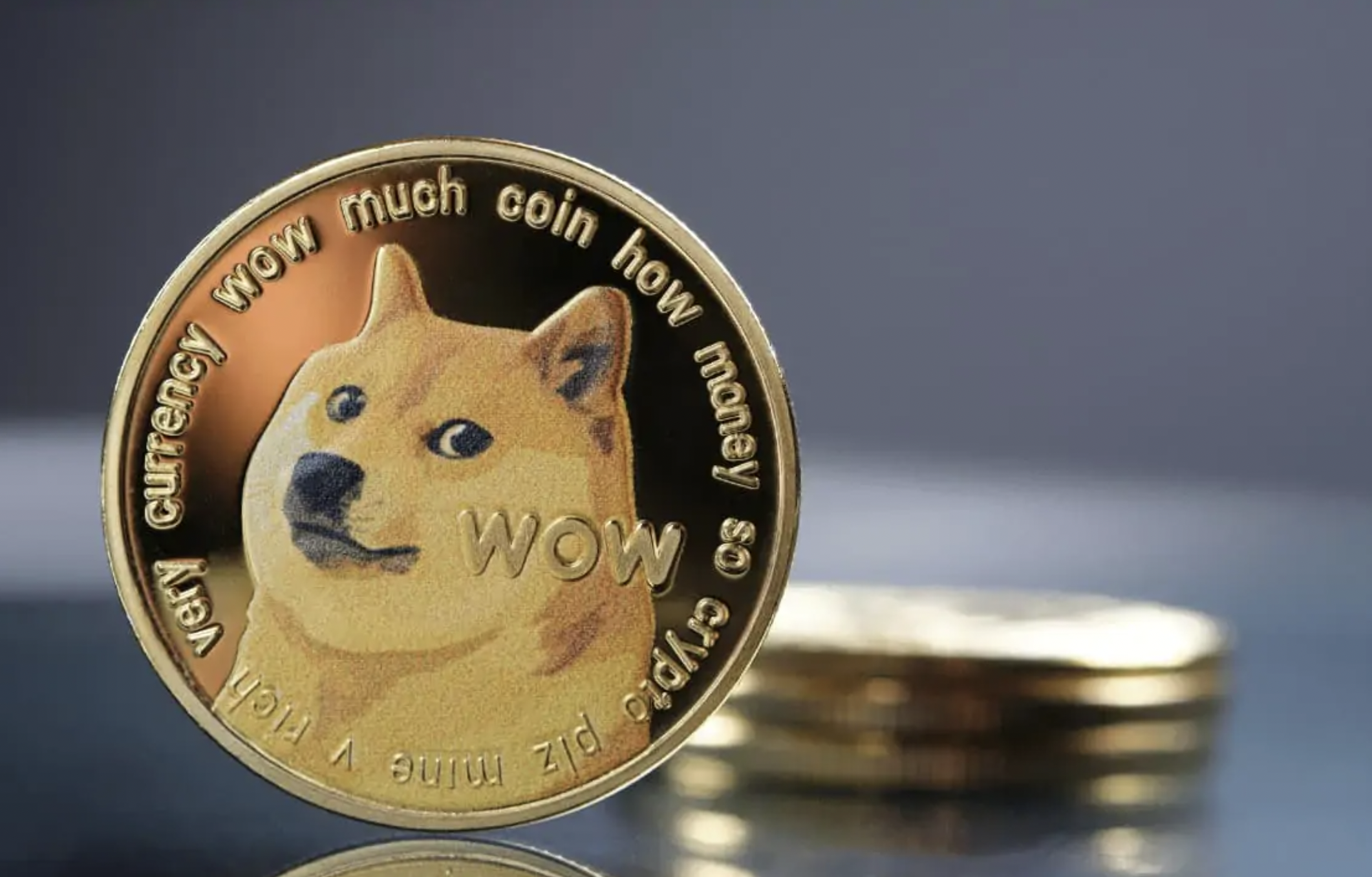
Dogecoin is another popular digital currency created by Billy Markus & Jackson Palmer in 2013. This currency started as a joke, inspired by a famous “Doge” meme of the Shiba Inu dog; however, it quickly gained a good following and since then has become a legitimate digital currency with a market capitalization in billions of dollars. In this article, we are going to explain in detail how Dogecoin works as well as what makes this very unique.
Table of Contents
What is Dogecoin?
Dogecoin is a digital currency that works on a decentralized and peer-to-peer platform. The currency uses cryptography that helps secure transactions and make new currency units. Just like other cryptocurrencies out there, Dogecoin is based on principles of blockchain technology that allow for the transparent as well as secure ledger of various transactions that take place.
How does Dogecoin function?
This currency generally uses a consensus algorithm known as PoW or”proof of work” to validate the transactions and create many new blocks in its blockchain. It means miners compete to solve mathematical equations, and the first person to solve this equation will be rewarded with some amount of Dogecoin. The process is termed mining, which keeps the Dogecoin network functioning. When any transaction is made by using Dogecoin, this will be broadcasted to the nodes network that will validate the transaction using mathematical algorithms. When this transaction gets validated, it is added to the block in a blockchain. Other nodes on the network then verify this block to ensure that it is valid and that it is added to the blockchain permanently.
The most fantastic feature of Dogecoin currency is the fast block times. Whereas Bitcoin, the popular cryptocurrency, has a block time of ten minutes, Dogecoin also has a block time of one minute. As a result, the transactions can quickly be processed faster on a Dogecoin network. Another unique feature of Dogecoin is its inflationary monetary policy. Dogecoin stands in stark contrast to Bitcoin, which is capped at 21 million coins. Instead, with a never-ending supply of 5 billion new coins released annually, the value of Dogecoin could be affected by this consistent influx.
Why use Dogecoin?
For several reasons, someone might choose to use Dogecoin over other cryptocurrencies or traditional fiat currencies. However, the primary benefit of Dogecoin is the fast transaction times. Because blocks are added to the blockchain every minute, transactions can be processed much more quickly than on other networks.
Another benefit of this currency is the low transaction fees. Because the network is less congested than other cryptocurrencies, the fees for processing transactions are typically much lower. This makes it an attractive option for people who want to send small amounts of money without paying high fees. Finally, Dogecoin has a strong community of supporters and users who have helped to promote the currency and create a positive image around it. This has led to a significant increase in adoption and awareness of the currency, which could drive its value up over time.
Risks and drawbacks of Dogecoin
Whereas Dogecoin has many unique features and benefits, it has risks and drawbacks. One of the main risks of using Dogecoin is its volatility. Because any physical asset or government does not back the currency, its value can fluctuate rapidly based on market demand.
Another risk of using Dogecoin is its need for regulatory oversight. Because the currency operates on a decentralized network, no central authority can regulate or oversee its use. This means that users must rely on the security of the network and the trustworthiness of other users to ensure that their transactions are safe and secure. Furthermore, besides the lack of intrinsic value, it has no underlying assets and businesses to support the value. In addition, popularity is mainly dependent on social media and other celebrity endorsements, thus making it quite vulnerable to sudden shifts in sentiment. Finally, regulatory intervention and outright bans are risky since financial institutions and governments scrutinize this cryptocurrency market.